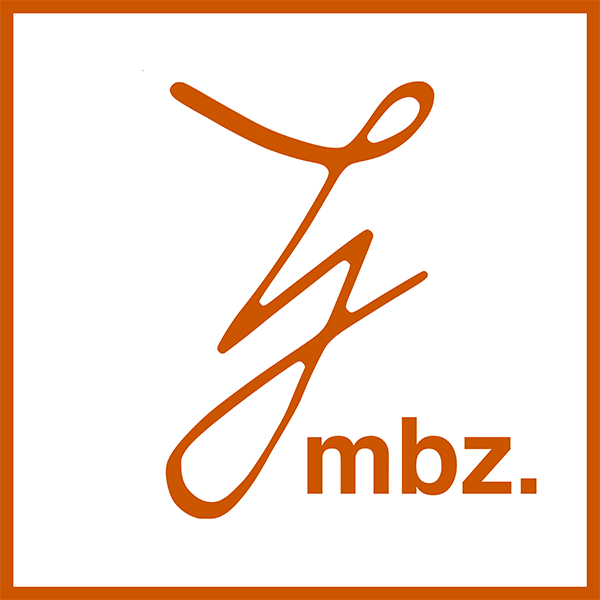…for a more sustainable outcome – A Personal Report by Michael-Bernhard Zita, MEDLIT Project Manager
Communication and Decision-Making processes are closely tied, but they are also culturally determined. The intention of the MEDLIT project management structures was always to implement democratic structures, open to discussion, exchange – giving the involved partners the chance to make the project idea, a project of their own.
This basic idea was laid down by basic rules: Communicate and document transparently, stay in contact and discuss. Perhaps too little was thought about, how much documents will be produced, how much has to be read and that often there isn’t enough time to be prepared well, especially by all project members that fulfill (another) full-time job.
While the European Higher Education system has been largely transformed already to project-ready or sometimes even project-driven (time) structures, in other parts of the world this hasn’t happened yet and perhaps won’t happen on its own ever.
This transformation to more time- and task-differentiated structures, especially boundary work between different projects and responsibilities, is mostly economically determined with the crucial goal to be more efficient and reduce risks. Or more simply said: Have just the right amount of time to do your work in the best possible manner. This should reduce costs of many different kinds, but is also based on two general ideas: “Collaborative Work” & “Know your and be prepared for your Job”.
In project work this transforms in two important different but also supplementary approaches:
Starting there, that means the best way to collaborate is, to be proactive but also be able to listen and be flexible. All of these sound very easy and manageable till it meets the cliffs of reality. And within international and so intercultural collaboration these cliffs are more like mountains, well hidden in a sea of clouds.
Our approach within the Project Management Team in Vienna was always to try to make it easy for the project partners, trying to give them information in time, be there to discuss and explain guidelines. We called it Callcenter approach, but had always one thought, back in our mind, these major efforts will be temporary, giving the partners time to understand rules, structures, and system on their own.
While this worked, in terms of producing project progress – it didn’t work, in terms of the area of responsibility and willingness to make it a project of their own.
We thought much about reasons, may that be the long-distances, web-based (and so reduced) communication or the one-reason-to-catch-them-all: Different cultural backgrounds. Or perhaps it has more to do with structural reasons, like when there is coordinating institution, that decides about eligibility while being the main risk-taking organization, this institution has to say how it has to be done, killing initiative or just making it easier for others, limiting them to be vicarious agents.
Hierarchical structures and thinking are always easier if you want to reach specific goals but it is very limiting if you want to make structures sustainable when funds will expire after the project.
So with the window of opportunity, that the review of the Mid-Term-Report opened, we try something new: Smarter structures, in the sense of more, locally made decisions, more shared responsibilities and very important: the opportunity to make the experience that collaboration is a two-way street.
The new “Smarter Steering & Monitoring Structures” were announced at the Steering Board Meeting on April, 12th 2017, and discussed, formed & agreed on at the Change Board Meeting during the TtF-Workshop at the University of Vienna in Vienna, Austria.
Cross-Posting: First posted at medlit.univie.ac.at

